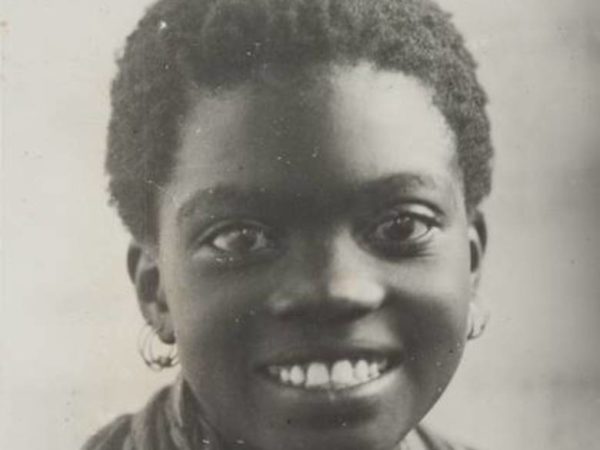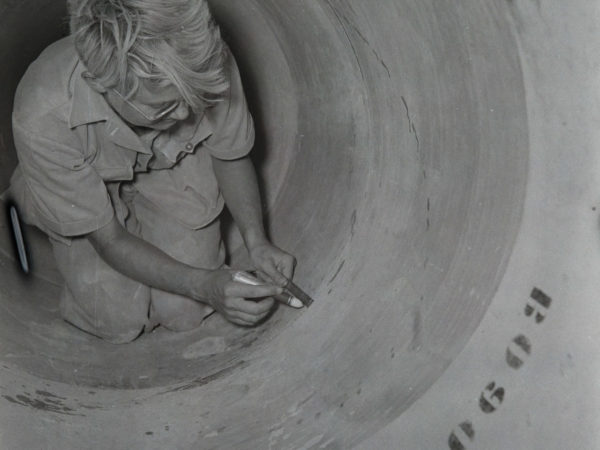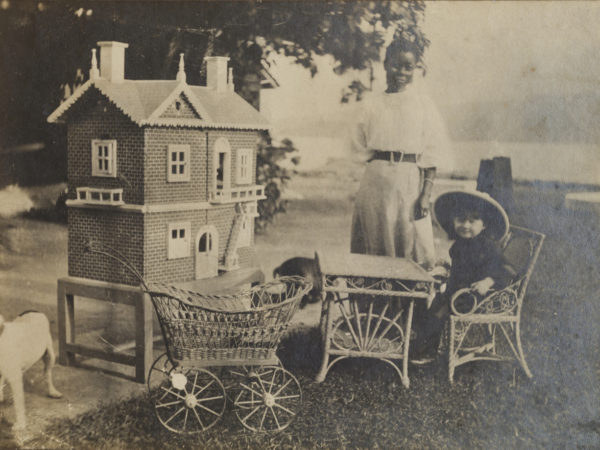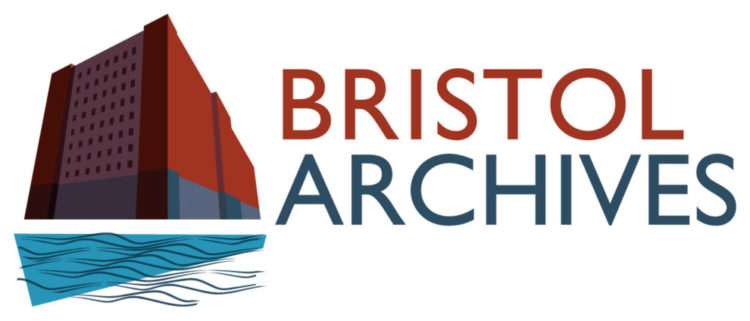Quiet Voices of Empire
Listen
Here are a few quiet voices of empire that deserve to be heard. They tell six stories about places around the globe, about breaking new ground; they question what we think we know about the British empire.
The six voices are amplified by our guest narrators who have deep connections to these stories. They reflect on what these voices tell them, what they are saying (and not saying), and how they make them think and feel. They have selected the voices and also objects, photographs and film to illustrate their words.
These particular voices haven’t been heard in decades. They’ve been locked up, inaudible, on old audio formats. We’re so pleased to share them once again with the kind help of our guest narrators and Unlocking Our Sound Heritage. So please; listen.

Our narrators are:
Nasra Ayub
Kay Barnard & Elizabeth Kerr
Dr Teckla Muhoro
Dr Saima Nasar
Rotee Walsh
Dr Claire Wintle
About this exhibition
The recorded voices come from the British Empire & Commonwealth Collection (BECC). Held at Bristol Archives, it is one of the largest collections of British colonial history in the world. It includes a huge range of photographs, films, oral histories, documents and objects.
We have Mary Ingoldby to thank for our rich oral history collection. Through her inspiration and effort in her role as Oral History Coordinator at the former British Empire and Commonwealth Museum, BECC has 2000 interviews with people who lived and worked in the former empire and Commonwealth.
1000 of these recordings have been digitised by Bristol Archives’ Unlocking Our Sound Heritage (UOSH) team. Thanks to UOSH, we can share these fascinating, at times challenging, recordings in an exhibition for the first time.
Unless listed otherwise, all rights for the images, audio and film in this exhibition are ©Bristol Archives. Please contact Bristol Archives for further information.
Find out more about the British Empire & Commonwealth Collection and browse our online catalogue.

Somalia
The oral histories of Hadji Elmi and Armine Wright offer two perspectives on the British colonisation of Somaliland. Nasra Ayub considers these rare insights into the region’s past.

Anglo Indians
The historical presence of Anglo-Indian families is often overlooked in the story of empire. We invited descendants of one such family, sisters Kay Barnard and Elizabeth Kerr, to explore their Anglo-Indian background.

Marie Lindley: a pioneering engineer in Kenya
Marie Lindley (1926-2013) was the second woman to become a Fellow of the Institution of Civil Engineers. Teckla Muhoro reflects on Marie’s life and achievements in Kenya.

Asians in East Africa
Ivan Haslam, from Jabalpur, India, was posted to the office of the Indian Commissioner in East Africa in the 1950s. He took his camera with him on his extensive travels, documenting the lives of Indians in East Africa. We asked Dr Saima Nasar to provide her response to his life and that of other Asians in East Africa.

Kiribati
Kiribati (pronounced Kiribas) is a network of 33 low-lying islands in the central Pacific Ocean. Rotee Walsh, originally from the islands, responds to the oral histories of Peggy and John Mowat who worked as teachers in Kiribati the 1960s.

Andaman Islands
The Andaman Islands are one of those far-flung corners of empire that are little known about. Andamanese tribes are today threatened with extinction. George Wood served as Harbour Master from 1905 to 1912; his daughter Marjory spent some of her childhood there. Claire Wintle reflects on Marjory’s family collection.
Acknowledgements
Unlocking Our Sound Heritage (UOSH) is a British Library led, National Lottery Heritage Fund supported national project. It works to preserve and increase access to at-risk, unique, and rare audio collections from across the UK.
Bristol Archives is home to the UOSH hub for South West England. From 2018-2022 the hub will digitise up to 5000 archival audio recordings from archives and museums around the South West. This includes collections like the British Empire & Commonwealth Collection oral histories, held at Bristol Archives.



